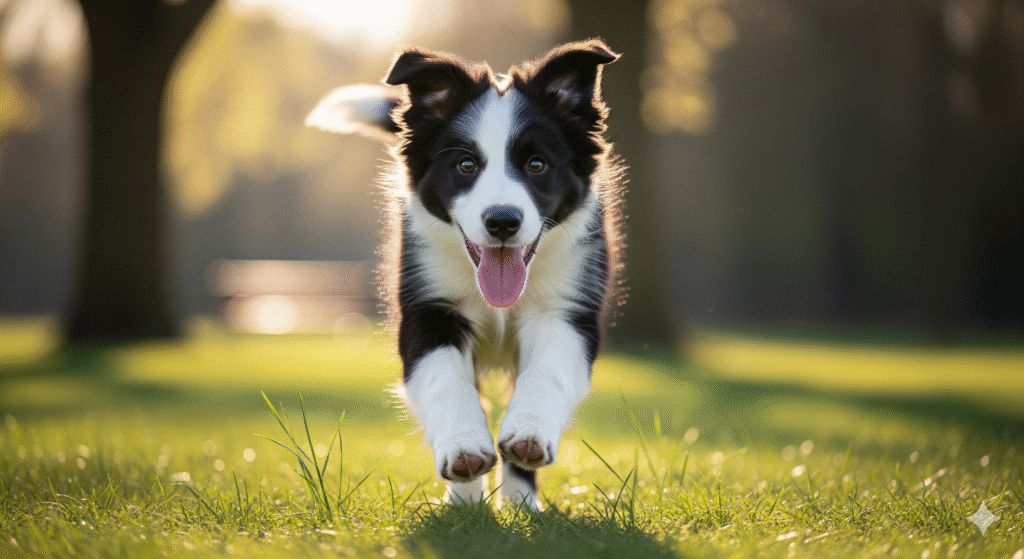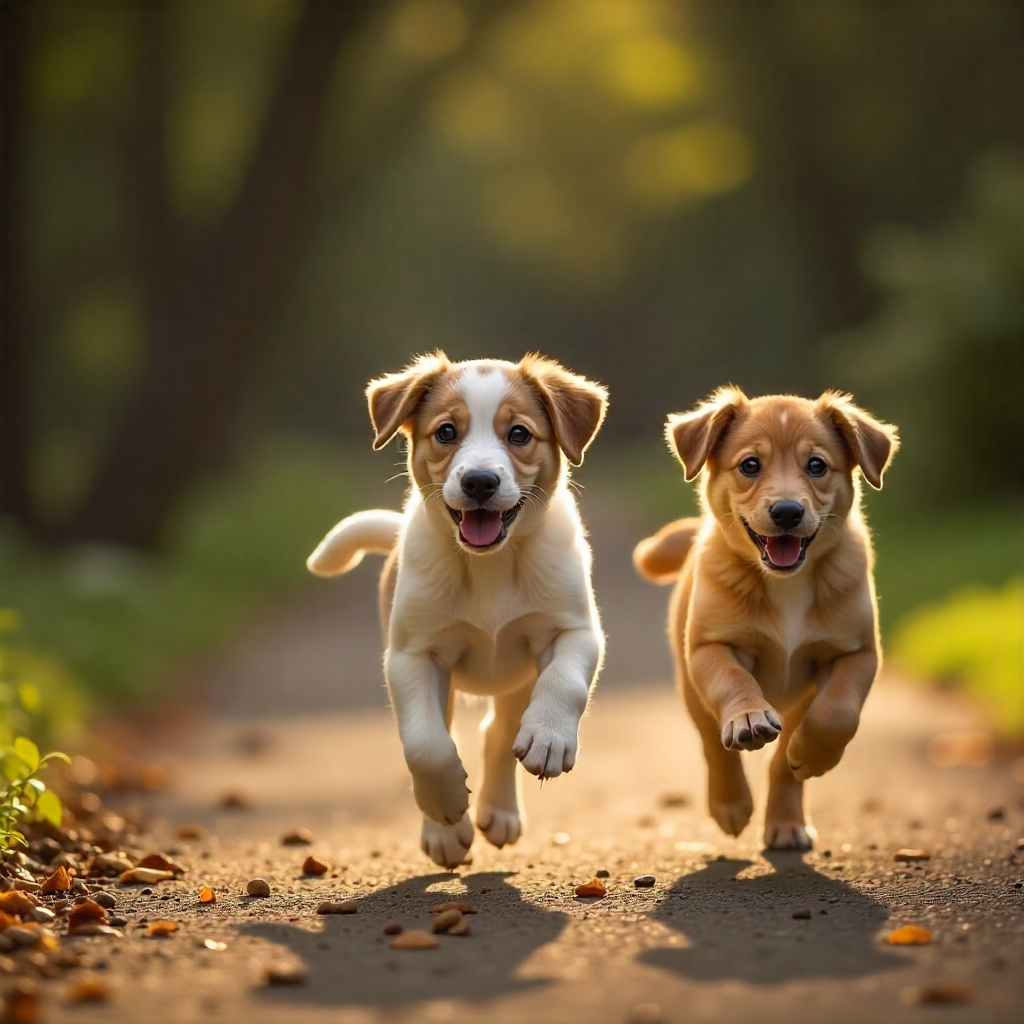There are few things more heart-dropping than calling your puppy and watching them gleefully run in the opposite direction. 🐕💨 A reliable recall—teaching your dog to come when called every single time—is not just a convenient party trick; it is the most important command you will ever teach. It’s a critical life skill that can prevent accidents, avoid dangerous situations, and ultimately, save your dog’s life.
Puppy recall training is a journey of building trust, creating a powerful positive association, and proofing the behavior against countless distractions. This comprehensive guide will take you from the basics to advanced techniques, providing you with the expert insights and actionable tips you need to build a bulletproof recall. Get ready to transform your puppy into a recall rockstar, earning them more freedom and you more peace of mind.
Why a Strong Recall is Non-Negotiable for Puppy Safety 🛡️
Before we dive into the “how,” it’s essential to understand the “why.” A reliable recall is your primary tool for keeping your puppy safe in an unpredictable world.
- Emergency Situations: It can prevent your puppy from running into a busy street, approaching an aggressive dog, or eating something dangerous.
- Freedom and Fun: A solid recall is the key to off-leash adventures at the beach, on hiking trails, and in secure parks, greatly enriching your puppy’s life.
- Strengthens Your Bond: This training is built on a foundation of trust and positive reinforcement. Every time your puppy chooses to come to you, it strengthens your relationship.
The goal of puppy recall training is to make coming to you the most rewarding and exciting choice your puppy can make, no matter what else is happening around them.
The Golden Rule of Recall: Never Punish the Come 🚫
This is the most critical principle to internalize. You must never, ever scold, punish, or do anything your puppy perceives as negative when they come to you, even if it took them forever.
Why? If you call your puppy to you and then give them a bath, trim their nails, or even just end a fun play session, you are teaching them that the “come” command predicts unpleasant things. They will quickly learn that ignoring you is a better option. Always make coming to you a positive, joyful experience.
Phase 1: Laying the Foundation – Building a Powerful Association 🧱
Start this phase indoors with zero distractions. The goal is to build a rock-solid connection between the recall cue and an incredible reward.
Step 1: Choose Your Recall Word 🎯
Select a specific word or short phrase. “Come” is standard, but some prefer “Here,” “Now,” or a whistle. Be consistent and use this word exclusively for this behavior.
Step 2: The Name Game and Treat Rain 🌧️
- Say your puppy’s name in a happy, excited voice. The moment they look at you, say “Yes!” and toss a high-value treat (like a piece of chicken or cheese) on the ground between their feet.
- Repeat. This teaches them that hearing their name and engaging with you is incredibly rewarding.
Step 3: The Runaway Recall 🏃♀️
This builds excitement and a natural instinct to chase you.
- Get your puppy’s attention, then turn and run away a few steps in an exaggerated, fun manner.
- As they start to run toward you, say your recall word, “Come!”
- When they catch up to you, get down on their level, praise enthusiastically, and give them several treats from your hand.
Phase 2: Adding the Cue and Increasing Difficulty 🧠
Once your puppy is reliably chasing you, you can start adding distance and mild distractions.
Step 1: The Short-Leash method 🦮
- In a quiet room, have your puppy on a leash. Let them wander to the end of it.
- Get down to their level, show a high-value treat, and use your happy recall cue: “[Puppy’s Name], Come!”
- Gently guide them in with the leash if needed. The second they reach you, mark it (“Yes!”) and reward with the treat and praise.
Step 2: The Two-Person Game 👯♀️
This is a fantastic way to practice.
- Have two people sit on the floor a short distance apart, each with high-value treats.
- One person calls the puppy using the recall cue.
- When the puppy arrives, they get praise and treats.
- Then, the other person calls. This turns recall into a fun, rewarding game.
Phase 3: Proofing the Behavior – Conquering Distractions 🌳
“Proofing” is the process of practicing the behavior in increasingly challenging environments. This is where most recall training fails, as owners move too fast.
The Rules of Proofing:
- Start Easy: Begin in your backyard, then a quiet park, then a slightly busier park.
- Use a Long Line: A 15-30 foot training leash is your best friend. It gives your puppy the feeling of freedom while keeping them safe and giving you control if they don’t listen.
- Set Them Up for Success: Don’t call them if they are mid-sprint after a squirrel. Instead, wait for a moment when they are slightly distracted but likely to succeed, or create distance to get their attention first.
Advanced Proofing Techniques:
- The Jackpot Reward: In high-distraction environments, make the reward unimaginably good. A whole handful of chicken, a favorite squeaky toy session—make it worth their while to leave the distraction.
- Practice the “Come” and Release: To prevent your puppy from learning that “come” means the fun is over, frequently recall them, reward heavily, and then immediately release them back to play with a “Go play!” cue. This proves that coming to you doesn’t always end the fun.
Troubleshooting Common Recall Problems 🔧
- Problem: My puppy ignores me.
- Solution: You’ve likely increased difficulty too quickly. Go back to a less distracting environment and use higher-value rewards. Never repeat the command; if they don’t respond, gently guide them in with the long line without saying the word again.
- Problem: My puppy comes most of the way but stops short.
- Solution: This often means the reward isn’t valuable enough for the distance. Use a better treat or reward more frequently for incremental success. You can also run away from them to encourage them to close the final distance.
- Problem: My puppy is excited but won’t come close enough to grab.
- Solution: You may have accidentally reached for their collar too many times after a recall, making them wary. Practice “collar grabs” separately by offering a treat every time you touch their collar.
Expert Insights: Making Recall a Way of Life 💡
- Variable Reward Schedule: Once the behavior is learned, switch from rewarding every time to rewarding the best recalls (the fastest ones, or those in high-distraction environments) with a “jackpot.” This makes the behavior more resilient, just like a slot machine.
- The Premack Principle: Use “life rewards.” Ask for a recall before anything your puppy wants—before you put their food bowl down, before you open the door for a walk, before you throw the ball. This teaches them that responding to you makes good things happen.
Conclusion: Your Recall Journey Starts Now
Building a reliable recall is a marathon, not a sprint. It requires patience, consistency, and a pocket full of delicious treats. But the investment is worth it. By following this structured approach to puppy recall training, you are not just teaching a command; you are building a language of trust with your dog. You are creating a connection that will allow your puppy to experience the world with confidence and safety, knowing that their favorite person is always their best bet for something wonderful.

🎾 Call to Action (CTA): What’s your puppy’s biggest recall distraction? Share your challenge in the comments below, and let’s help each other out! For more step-by-step puppy training guides, subscribe to our newsletter and get expert tips delivered straight to your inbox.
Ready to Build a Rock-Solid Stay? This list covered the ‘what,’ but the ‘how’ is crucial for a reliable stay. This command requires patience and a structured approach to be effective in real-world situations. For our proven, step-by-step training plan that builds duration and distraction resistance, your next step is to read Teach Your Puppy to Stay: Reliable Command.






